Mourning Cloak Butterfly
- March 4, 2024
- 0 comment
The Mourning Cloak Butterfly, scientifically known as Nymphalis antiopa, is a striking and majestic species that captures the imagination of all who encounter it. With its distinctive coloration and graceful flight, this butterfly is a sight to behold in the natural world. Found across North America, Europe, and parts of Asia, the Mourning Cloak Butterfly inhabits a variety of environments, including woodlands, meadows, and gardens. Its wingspan can reach up to 4 inches (10 cm), showcasing a beautiful combination of deep purple, black, maroon, and blue hues.
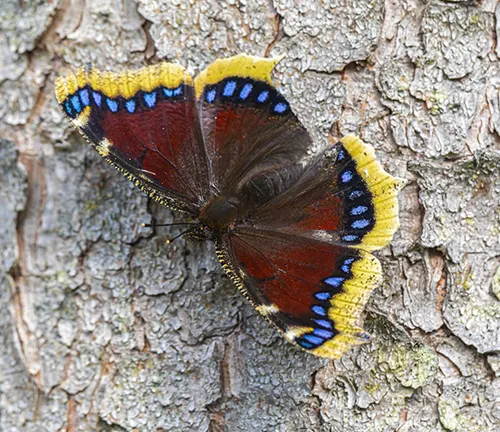
One of its most remarkable features is its ability to camouflage itself against tree bark, providing effective protection against predators. The life cycle of the Mourning Cloak Butterfly is equally fascinating, starting from egg deposition on host plants to the emergence of the adult butterfly after undergoing metamorphosis. As pollinators, these butterflies play a vital role in maintaining ecosystem balance and biodiversity. However, like many other butterfly species, the Mourning Cloak Butterfly faces threats from habitat loss, pesticide use, and climate change. Conservation efforts are crucial to ensuring the survival of this exquisite species and preserving its beauty for future generations to admire.
| Specification | Details |
|---|---|
| Scientific Name | Nymphalis antiopa |
| Common Name | Mourning Cloak Butterfly |
| Wingspan | Up to 4 inches (10 cm) |
| Coloration | Deep purple, black, maroon, and blue hues |
| Habitat | Woodlands, meadows, gardens |
| Distribution | North America, Europe, parts of Asia |
| Camouflage | Mimics tree bark for protection |
| Life Cycle | Egg, larval, pupal, adult stages |
| Diet | Nectar, sap, rotting fruit |
| Predators | Birds, spiders, wasps |
| Role in Ecosystem | Pollinator, maintains biodiversity |
| Threats | Habitat loss, pesticide use, climate change |
| Conservation Status | Not endangered, but vulnerable |
The Mourning Cloak Butterfly, scientifically known as Nymphalis antiopa, is a remarkable creature that captivates with its elegance and intriguing life cycle. Found across North America, Europe, and Asia, this butterfly is a symbol of resilience and beauty in the natural world.
Physical Characteristics
Wing Span and Coloration
The Mourning Cloak Butterfly boasts a remarkable wing span, which can reach up to 4 inches (10 cm) in width. This expansive wingspan allows the butterfly to glide gracefully through its natural habitat, showcasing its striking coloration to observers. The wings of the Mourning Cloak Butterfly exhibit a captivating blend of deep purple, black, maroon, and blue hues. These colors create a stunning contrast against each other, forming intricate patterns that adorn the butterfly’s wings. The outer edges are characterized by a rich, velvety black, while the inner wings display a mesmerizing combination of maroon tones, often accented with vibrant blue spots or patches. This unique coloration serves multiple purposes, from attracting potential mates to warning predators of the butterfly’s unpalatability.

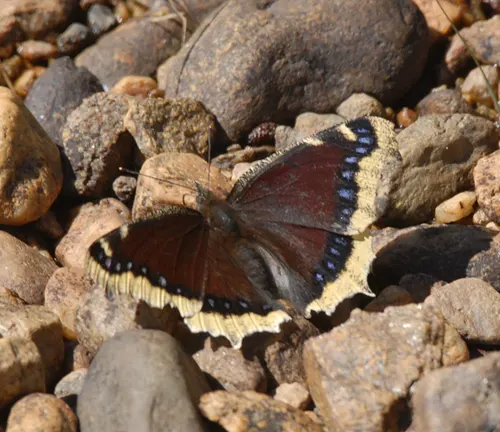
Camouflage Adaptations
One of the most fascinating features of the Mourning Cloak Butterfly is its remarkable camouflage adaptations, which help it blend seamlessly into its surroundings. When viewed from above, the butterfly’s wings closely resemble the texture and coloration of tree bark, particularly that of deciduous trees such as willow, poplar, and elm. This cryptic camouflage serves as a form of protection against predators, allowing the butterfly to conceal itself from sight when resting on tree trunks or branches. Additionally, the underside of the wings features a mottled pattern of browns, grays, and creams, further enhancing its camouflage capabilities. This adaptive trait enables the Mourning Cloak Butterfly to evade detection by potential predators such as birds and reptiles, thereby increasing its chances of survival in its natural habitat.
Habitat and Distribution
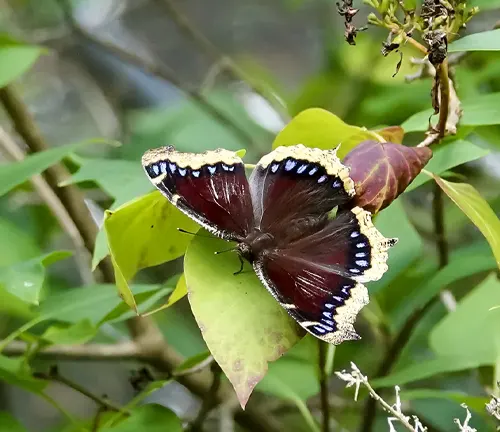
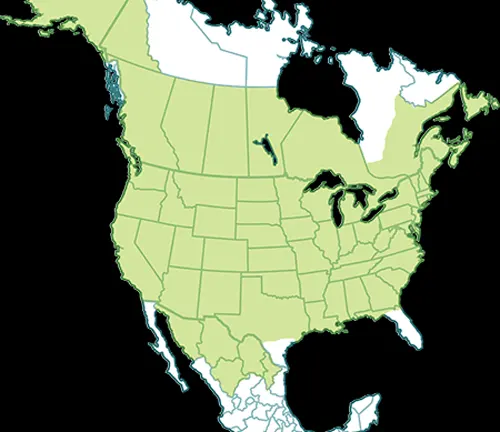
The Mourning Cloak Butterfly (Nymphalis antiopa) is a versatile species found across a wide range of habitats in North America, Europe, and parts of Asia. Its adaptable nature allows it to thrive in various environments, from woodlands and forests to meadows, parks, and gardens.
In North America, Mourning Cloak Butterflies can be spotted throughout the continent, from Canada to Mexico, favoring temperate regions with ample vegetation and suitable host plants for breeding. They are particularly common in deciduous forests and wooded areas where their caterpillars can feed on the leaves of trees such as willow, poplar, and elm.
In Europe, Mourning Cloak Butterflies are found across the continent, including countries such as the United Kingdom, France, Germany, and Scandinavia. They inhabit similar habitats to those in North America, preferring wooded areas and parks with abundant vegetation.
In Asia, Mourning Cloak Butterflies are distributed across regions such as Siberia, China, Japan, and Korea. They can be found in a variety of habitats, including forests, mountainous areas, and even urban parks and gardens.
Life Cycle
Egg Stage
The life cycle of the Mourning Cloak Butterfly begins with the egg stage. After mating, the female butterfly lays eggs on the underside of host plants, typically deciduous trees such as willow, poplar, and elm. The eggs are small, cylindrical, and pale yellow in color. The female carefully selects suitable locations for egg deposition, often choosing young leaves or tender shoots where the emerging caterpillars will find an ample food supply upon hatching.
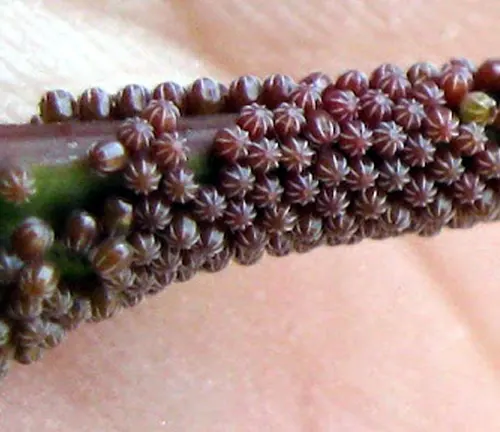
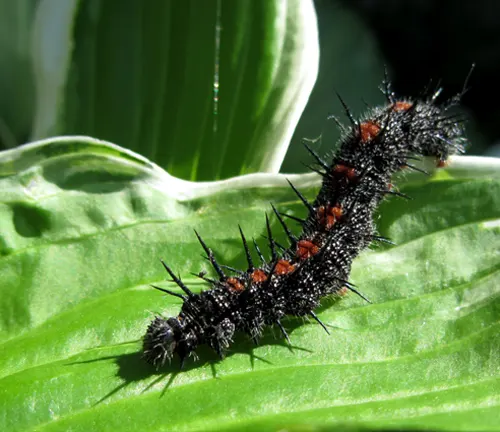
Larval Stage
Upon hatching from the eggs, Mourning Cloak Butterfly larvae, also known as caterpillars, enter the larval stage. These young caterpillars are voracious feeders, consuming large quantities of leaves from their host plants to fuel their rapid growth. Mourning Cloak caterpillars have a distinctive appearance, with black spines covering their bodies and rows of yellow spots along their sides. As they feed and grow, the caterpillars undergo several molts, shedding their outer skin to accommodate their increasing size.
Pupal Stage
After reaching a certain size, Mourning Cloak Butterfly caterpillars enter the pupal stage, also known as the chrysalis stage. During this transformative phase, the caterpillar attaches itself to a secure surface, such as a tree branch or leaf, and undergoes metamorphosis inside a protective chrysalis. Inside the chrysalis, the caterpillar’s body undergoes profound changes, breaking down and reorganizing its tissues to form the adult butterfly’s structures. This stage typically lasts for several weeks, culminating in the emergence of the adult butterfly.

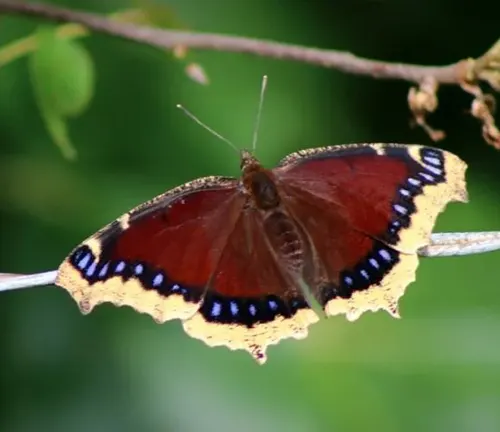
Adult Stage
Upon completing metamorphosis, the adult Mourning Cloak Butterfly emerges from the chrysalis, revealing its stunning wing patterns and vibrant colors. The newly emerged butterfly must wait for its wings to dry and harden before it can take flight. Once ready, the adult butterfly embarks on a quest for nectar and mates, engaging in behaviors such as basking in the sunlight, feeding on flowers, and engaging in courtship rituals. The adult stage marks the culmination of the Mourning Cloak Butterfly’s life cycle, during which it plays a vital role in pollination and contributes to the continuation of its species.
Diet and Feeding Habits
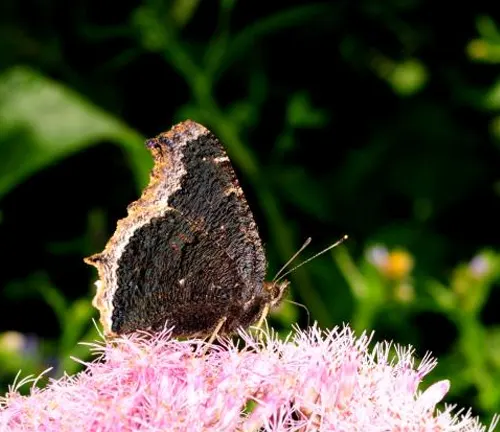
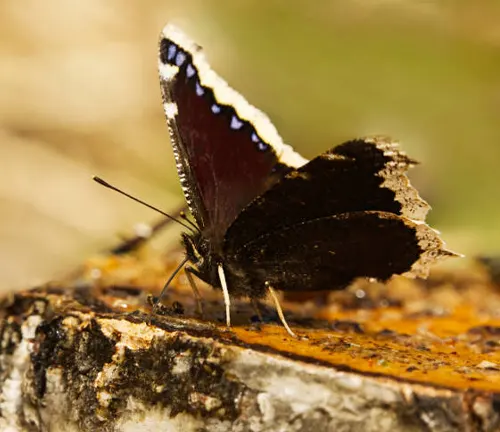
The Mourning Cloak Butterfly, like many other butterfly species, primarily feeds on the nectar of flowers to obtain essential nutrients and energy for survival. However, the diet of Mourning Cloak Butterflies is not limited to nectar alone. These versatile insects also consume other sources of food to supplement their diet and meet their nutritional needs.
In addition to nectar, Mourning Cloak Butterflies are known to feed on sap and rotting fruit, providing them with alternative sources of carbohydrates and sugars. Sap, which oozes from damaged trees or wounds in tree bark, serves as a valuable resource for Mourning Cloak Butterflies, especially during periods when flower nectar may be scarce. Rotting fruit, such as overripe berries or fallen apples, also provides Mourning Cloak Butterflies with a rich source of sugars and nutrients.
The ability of Mourning Cloak Butterflies to feed on a diverse range of food sources contributes to their resilience and adaptability in various habitats. By utilizing different food sources, Mourning Cloak Butterflies can sustain themselves throughout different stages of their life cycle and in different environmental conditions. This dietary flexibility enables them to thrive in a wide range of ecosystems, from woodlands and meadows to urban parks and gardens.
Predators and Defense Mechanisms
Despite their striking appearance and seemingly delicate nature, Mourning Cloak Butterflies face a variety of predators throughout their life cycle. These predators include birds, spiders, reptiles, and various insect-eating mammals. To survive in the face of such threats, Mourning Cloak Butterflies have evolved several effective defense mechanisms and adaptations.
One of the primary defense mechanisms employed by Mourning Cloak Butterflies is camouflage. When at rest, these butterflies fold their wings to reveal the underside, which features a mottled pattern resembling tree bark. This cryptic coloration helps them blend seamlessly into their surroundings, making them less visible to potential predators such as birds and reptiles. By resembling inedible objects or blending into their environment, Mourning Cloak Butterflies can avoid detection and reduce the risk of predation.
In addition to camouflage, Mourning Cloak Butterflies also utilize other forms of defense, including mimicry and intimidation. Some species of butterflies, known as mimics, have evolved to resemble the appearance of toxic or unpalatable species. By mimicking the warning signals of these harmful species, Mourning Cloak Butterflies deter predators from attacking them, as predators learn to associate their coloration with a negative experience.
Role in Ecosystem
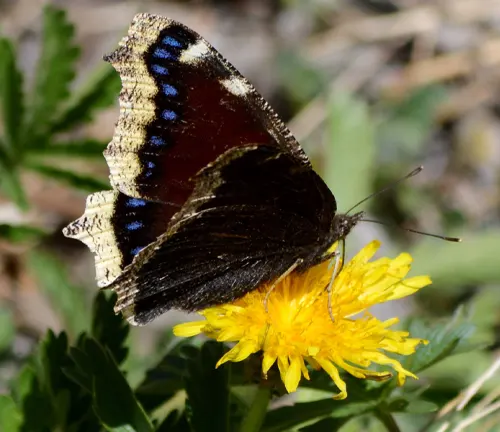
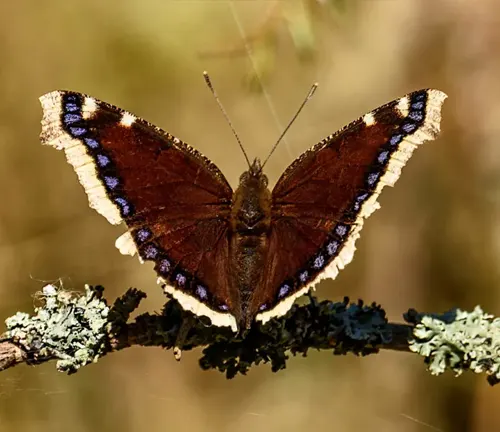
Mourning Cloak Butterflies play a vital role in maintaining ecosystem balance and biodiversity as important pollinators. As they feed on the nectar of flowers, they inadvertently transfer pollen from one flower to another, facilitating the process of pollination. This process is essential for the reproduction of flowering plants, including many species of wildflowers, shrubs, and trees.
By pollinating a wide variety of plant species, Mourning Cloak Butterflies contribute to the production of seeds and fruits, which in turn provide food and habitat for numerous other organisms within the ecosystem. They are particularly important pollinators in woodland habitats, where they visit a diverse array of flowering plants, including woodland herbs, shrubs, and trees.
In addition to their role as pollinators, Mourning Cloak Butterflies also serve as a food source for other organisms within the food web. Their eggs, larvae, pupae, and adult stages are consumed by various predators, including birds, spiders, and insect-eating mammals. As such, they form an integral part of the diet of many species within their ecosystems, contributing to the overall biodiversity and functioning of the ecosystem.
Migratory Behavior
Mourning Cloak Butterflies are known to exhibit migratory behavior in certain regions, particularly in North America. While some populations of Mourning Cloak Butterflies are sedentary and remain in their local habitats year-round, others undertake seasonal migrations over long distances in search of suitable breeding grounds and food sources.
The migratory behavior of Mourning Cloak Butterflies is influenced by various factors, including changes in temperature, food availability, and habitat conditions. In response to seasonal changes, particularly during the onset of winter or periods of drought, Mourning Cloak Butterflies may embark on migratory journeys to more favorable locations.
During migration, Mourning Cloak Butterflies can travel significant distances, sometimes spanning hundreds or even thousands of miles. They may follow established migration routes or navigate based on environmental cues such as wind patterns, temperature gradients, and the availability of suitable host plants for breeding.
Migratory populations of Mourning Cloak Butterflies often converge in specific areas known as stopover sites, where they rest and refuel before continuing their journey. These stopover sites provide essential resources such as nectar-rich flowers and suitable resting habitat, enabling butterflies to replenish their energy reserves for the next leg of their migration.
The migratory behavior of Mourning Cloak Butterflies not only allows them to exploit seasonal resources more efficiently but also plays a crucial role in maintaining genetic diversity and population dynamics within their species. By dispersing over large geographic areas, migratory populations contribute to the exchange of genetic material and the colonization of new habitats, enhancing their overall resilience and adaptability to environmental changes.
Gardening for Mourning Cloak Butterflies
Creating a butterfly-friendly garden can attract Mourning Cloak Butterflies and other pollinators to your outdoor space. Planting nectar-rich flowers, providing shelter, and avoiding the use of pesticides are effective ways to encourage butterfly activity.
Tips for Butterfly Conservation
- Plant native wildflowers to provide food sources for butterflies.
- Create habitat corridors to connect fragmented butterfly populations.
- Support local conservation initiatives and butterfly conservation organizations.
- Educate others about the importance of preserving butterfly habitats and ecosystems.
Different Species
Compton Tortoiseshell
(Nymphalis vaualbum)
This butterfly species closely resembles the Mourning Cloak Butterfly and is found in North America and parts of Europe. It shares similar coloration and habits, often inhabiting woodlands and forested areas.

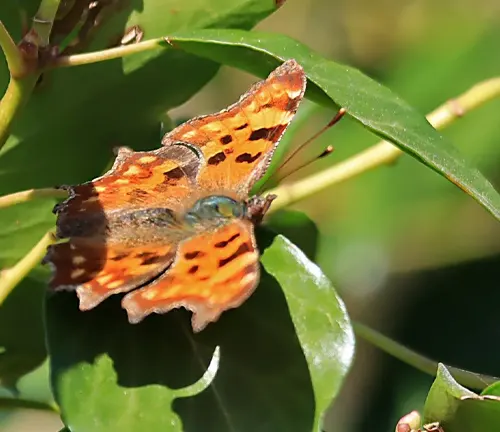
Camille’s Anglewing
(Polygonia camilla)
Also known as the Southern Comma, this butterfly species is found in North America and Eurasia. It features a distinct comma-shaped marking on its wings and shares habitat preferences with the Mourning Cloak Butterfly.
Question Mark Butterfly
(Polygonia interrogationis)
Another closely related species, the Question Mark Butterfly, is native to North America. It gets its name from the prominent “question mark” shape on the underside of its wings. Like the Mourning Cloak, it prefers wooded habitats and is known for its striking appearance.


Eastern Comma
(Polygonia comma)
Found in North America, the Eastern Comma Butterfly is closely related to the Question Mark Butterfly and shares similar habitat and behavior. It displays a comma-shaped marking on its underwings and is known for its distinctive coloration.
Frequently Asked Questions (FAQs)
- Are Mourning Cloak Butterflies migratory?
Mourning Cloak Butterflies are known to exhibit migratory behavior in some regions, traveling long distances in search of suitable breeding grounds and food sources. - How long do Mourning Cloak Butterflies live?
Mourning Cloak Butterflies have an average lifespan of about 10 months, with variations depending on environmental factors and predators. - What is the scientific name of the Mourning Cloak Butterfly?
The scientific name of the Mourning Cloak Butterfly is Nymphalis antiopa. - Do Mourning Cloak Butterflies have any natural predators?
Yes, Mourning Cloak Butterflies face threats from predators such as birds, spiders, and wasps. - How do Mourning Cloak Butterflies contribute to the ecosystem?
As pollinators, Mourning Cloak Butterflies play a crucial role in maintaining ecosystem balance and biodiversity by facilitating the reproduction of flowering plants. - Can Mourning Cloak Butterflies be raised in captivity?
While it is possible to raise Mourning Cloak Butterflies in captivity, it requires specialized care and knowledge of their dietary and environmental needs. - Do Mourning Cloak Butterflies hibernate?
Yes, Mourning Cloak Butterflies are known to hibernate during the winter months, seeking shelter in protected areas such as tree hollows or buildings. - How can I identify a Mourning Cloak Butterfly?
Mourning Cloak Butterflies can be identified by their large wingspan, distinctive coloration, and unique camouflage patterns resembling tree bark. - What is the significance of the name “Mourning Cloak”?
The name “Mourning Cloak” refers to the butterfly’s dark coloration and the resemblance of its wings to a traditional mourning cloak or garment. - Are Mourning Cloak Butterflies attracted to specific types of flowers?
Mourning Cloak Butterflies are attracted to a variety of nectar-rich flowers, including thistles, milkweed, and dandelions, among others.



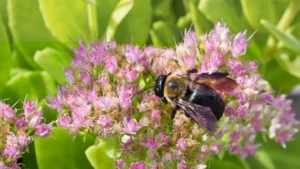
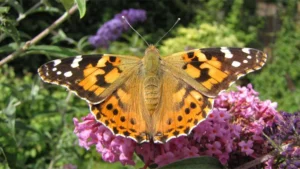
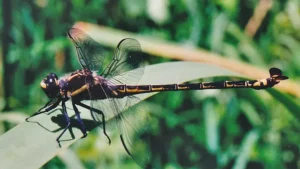

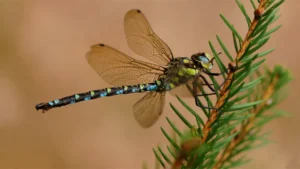
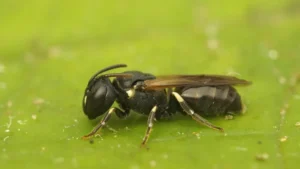
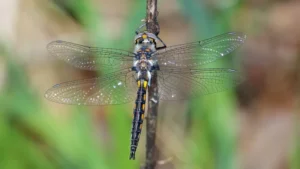
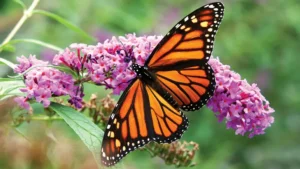
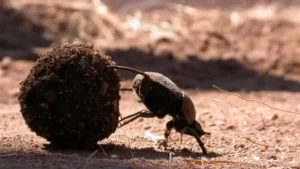
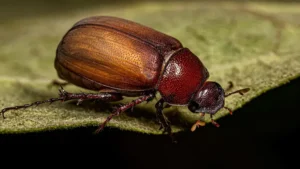

Leave your comment